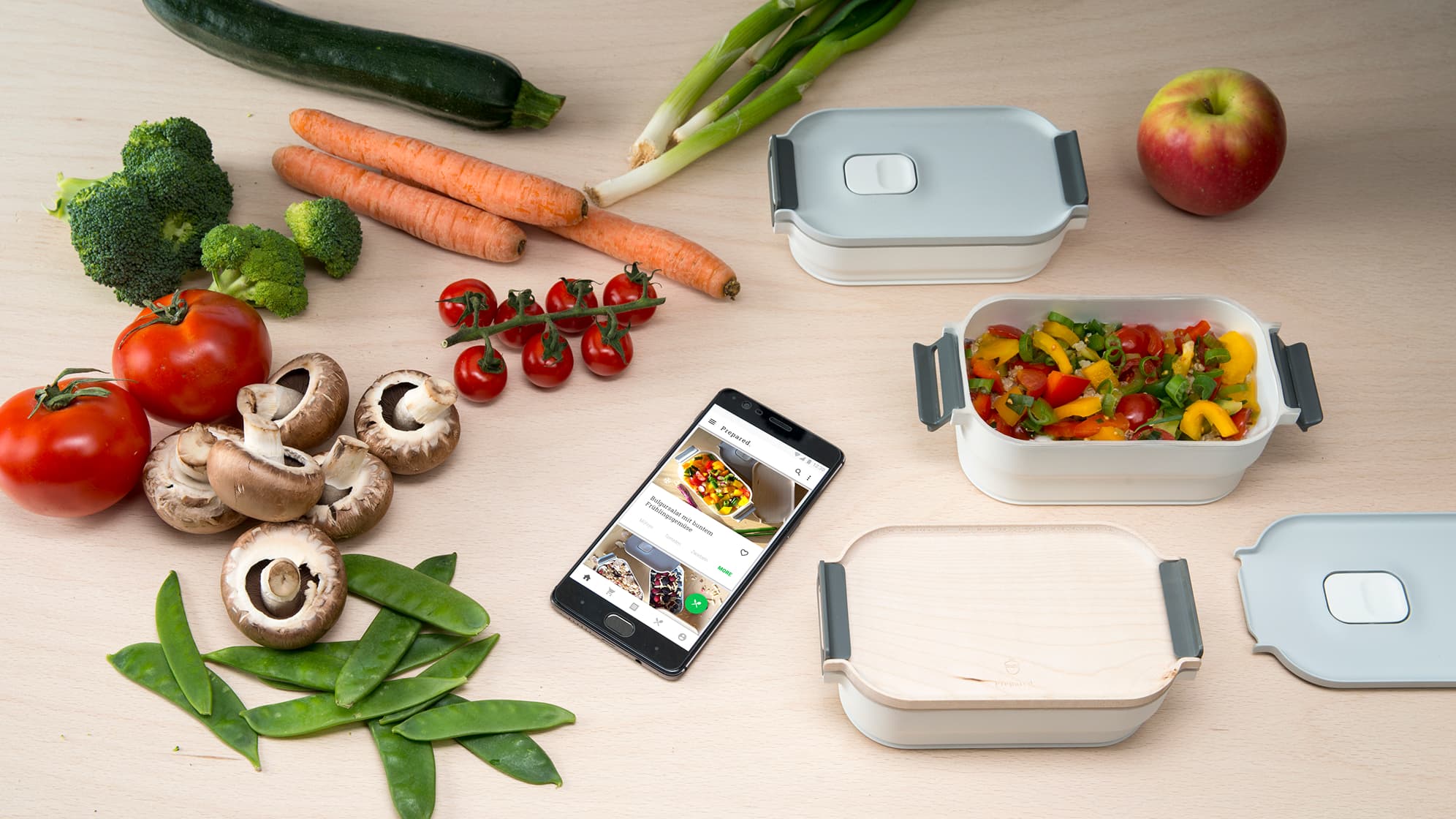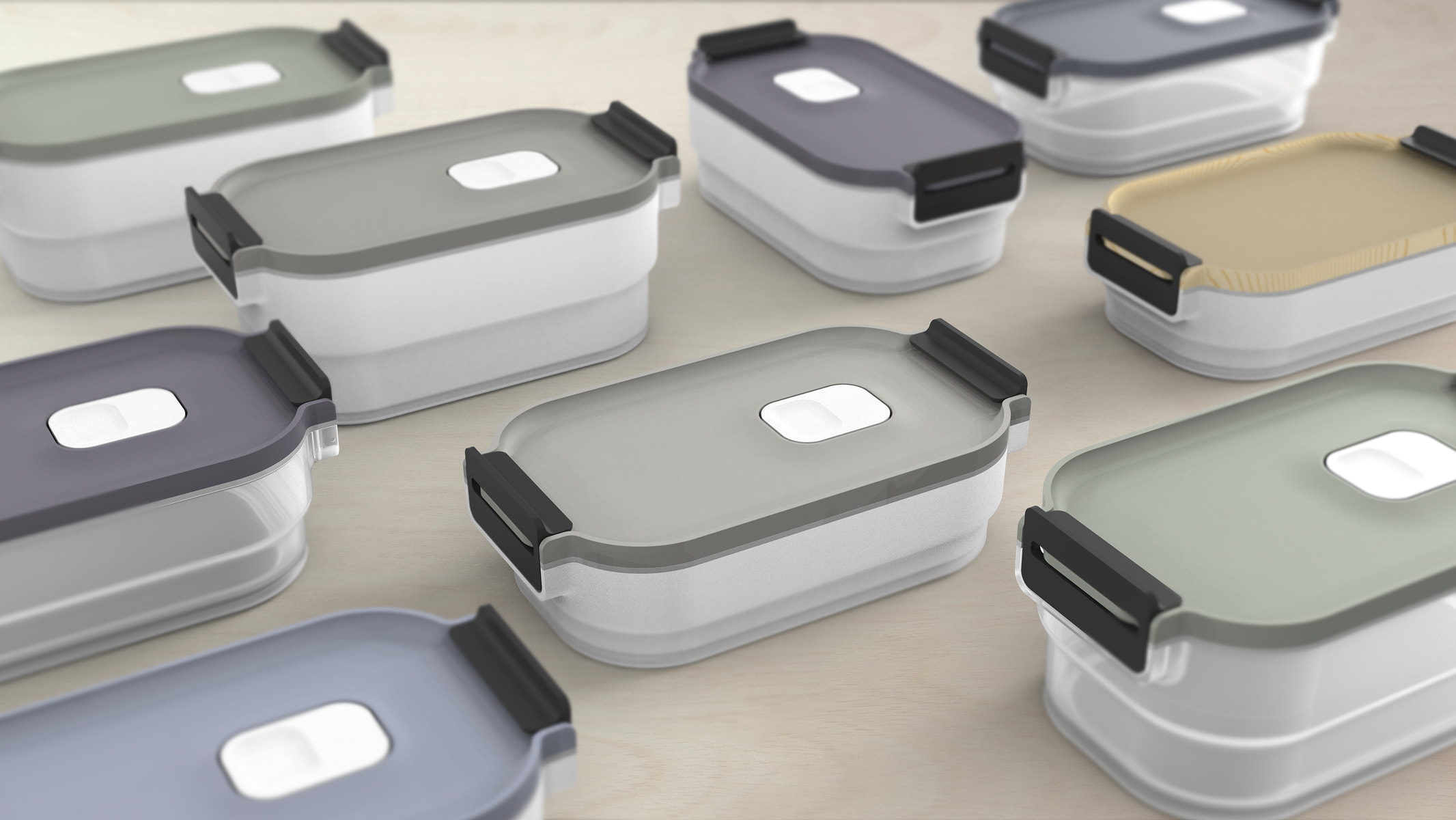Many people have difficulties integrating cooking into the hectic daily work routine. One main factor is missing time.
Individual nutrition will become increasingly demanding in the future. For various reasons like health or ethic, more and more people attach importance to an individual nutrition, which is not answered by the growing offer of conventional food. If you cook by yourself, you have control about ingredients and the quality of your food. Nevertheless, the majority of the population has difficulties integrating cooking into the hectic daily work routine. One main factor is missing time.

There are two groups of people: "planners," who prepare shopping lists in advance, and "spontaneous" individuals, who are inspired by what they find in the store.
As part of my research, I conducted online studies with over 100 participants, along with process analysis, desk and field research. The main insights showed that many people struggle to cook daily due to time constraints. 2/3 in my study could imagine meal prepping as a potential solution. However, it requires task management and enough storage.
Most people prefer to place their lunch boxes horizontally in their bags, but they often only fit vertically. There is also a need for different volumes, and mismatched boxes and lids frequently lead to chaos in the storage. To prevent leaking, many people use additional plastic bags around their lunch boxes.
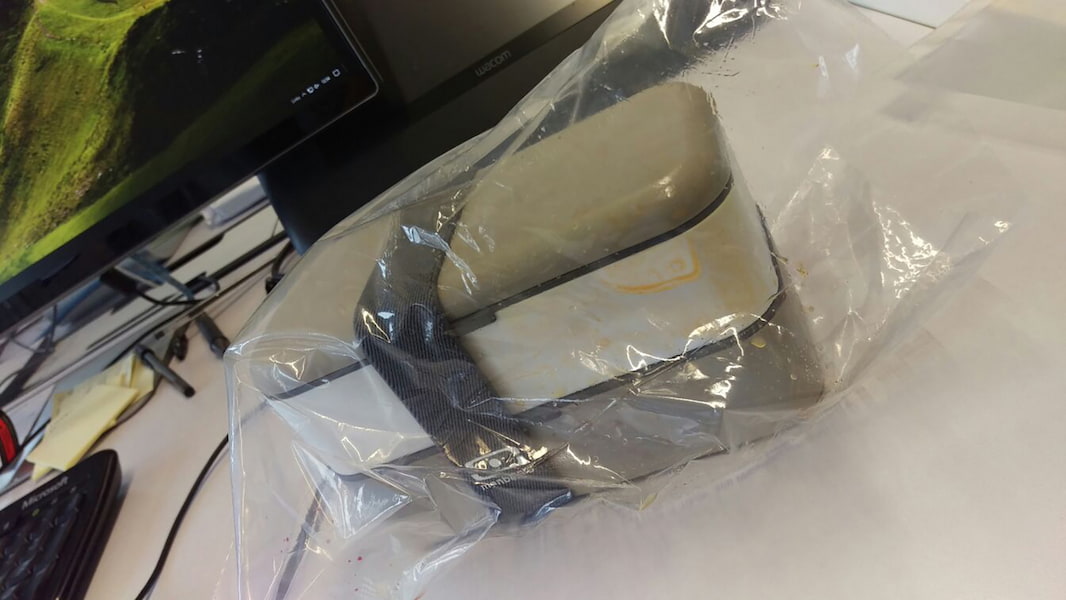
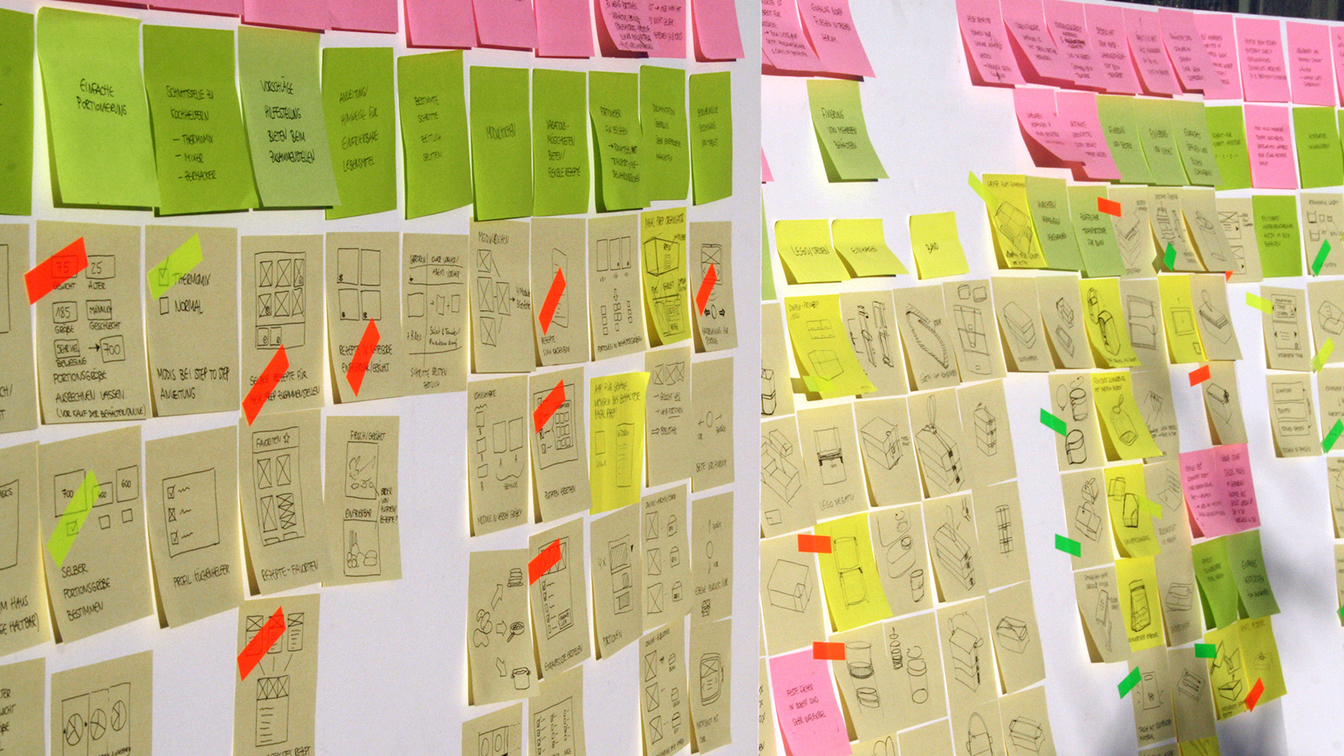
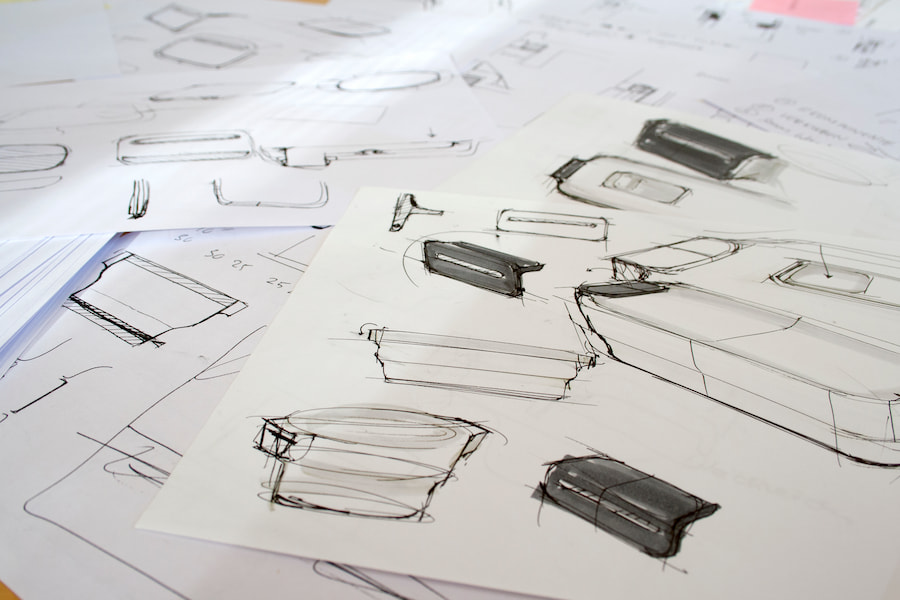

Desining not only a seperate product or service but a full eco system
For all identified problems and needs, numerous ideas were created. For example to solve the mess of different lid sizes for each lunchbox and lunchboxes not fitting vertically into bags, all volumes should have the same footprint.
To support preparing meals for the week, an app should help people in either discovering meals and purchasing ingredients, but then also support the spontanious people with taking their last purchase in account.
Experimenting with materials, volumes, shapes and designs
Designing the handle and different volumes with the same footprint, were especially tricky and required lots of testing and experimenting with cardboard and foam models.
For the app, I created sitemaps, user journeys and multiple clickdummies from low to high fidelity.

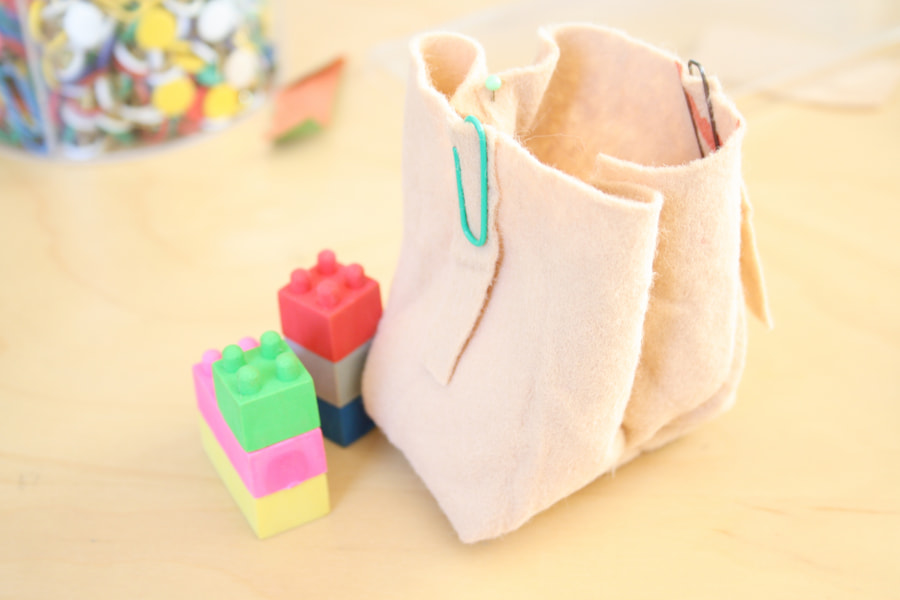

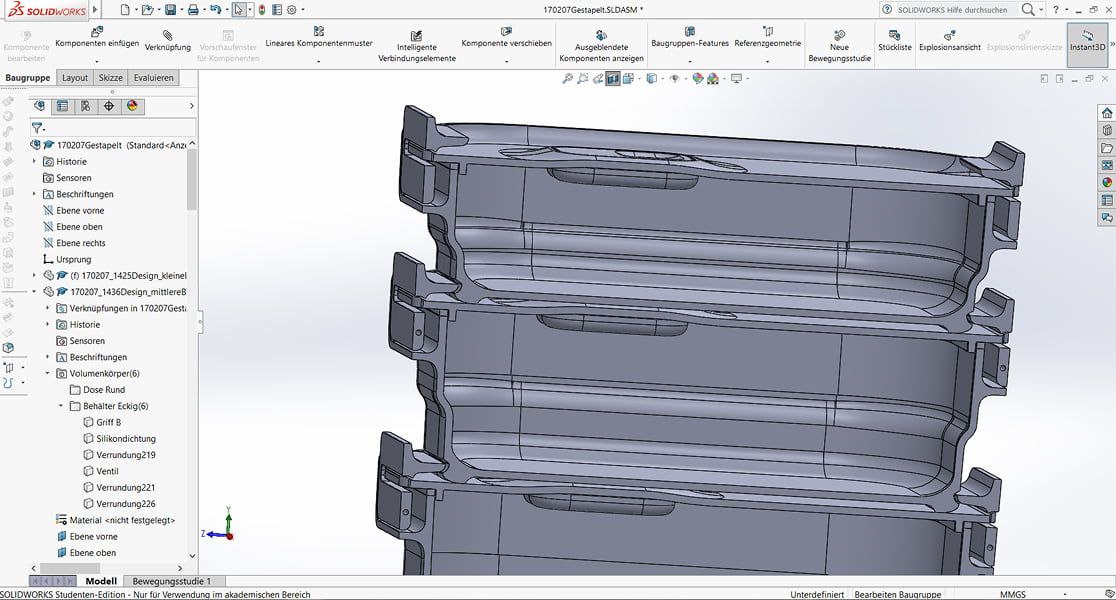
Outcome
The final design "Prepared" helps people to cook multiple healthy meals in advance, as well as storing and transporting them. The app automatically combines recipes, assists with planning, and optimises grocery use by suggesting meals based on purchases. The matching lunch boxes and bag simplify the portioning of meals, as well as storage and transport.
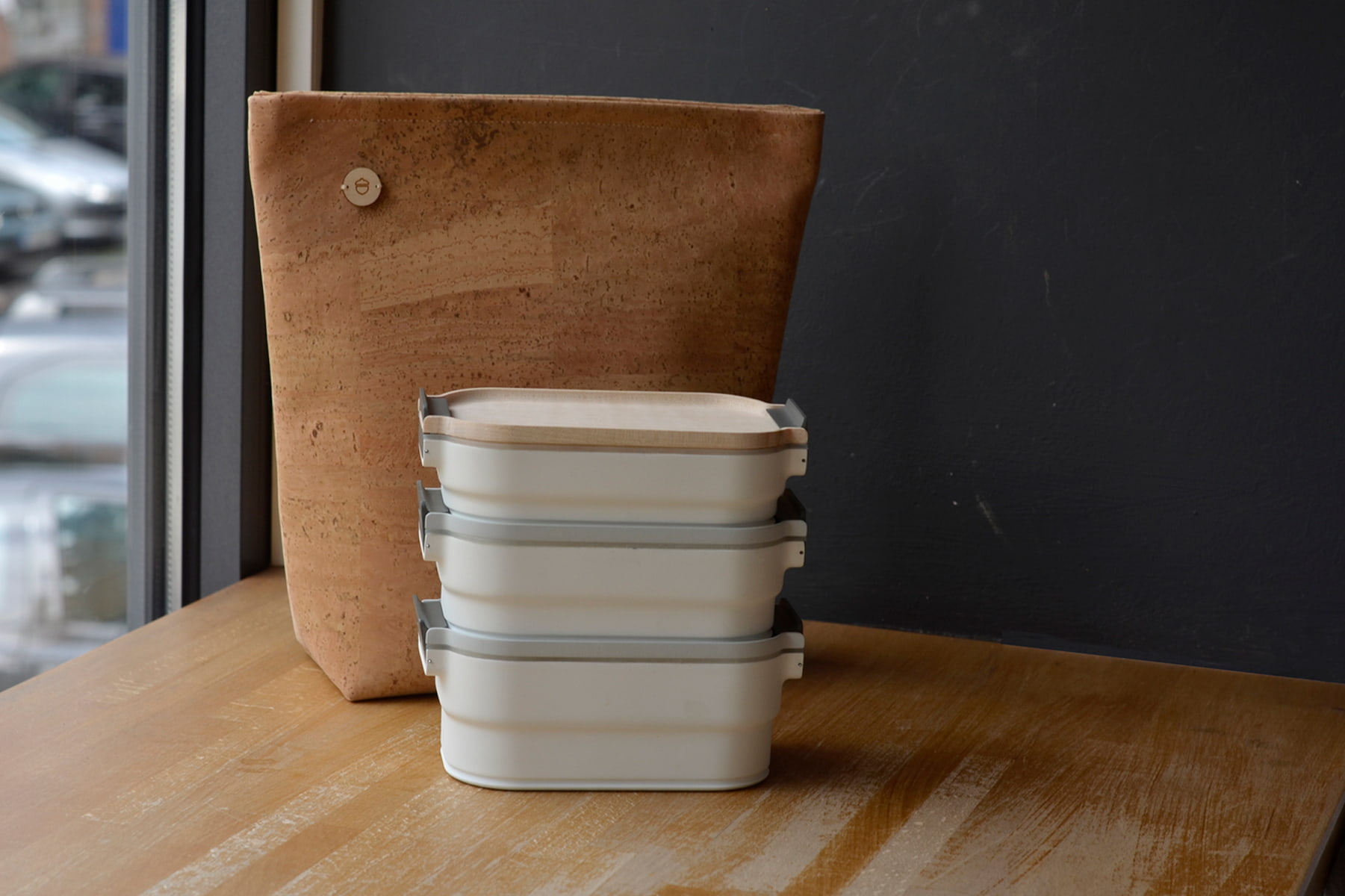

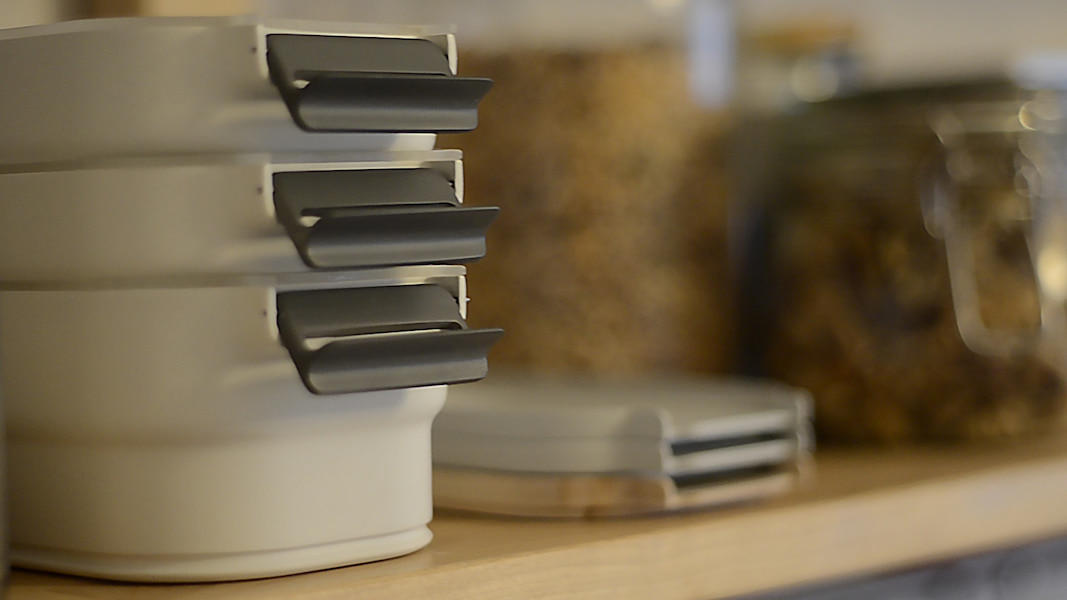

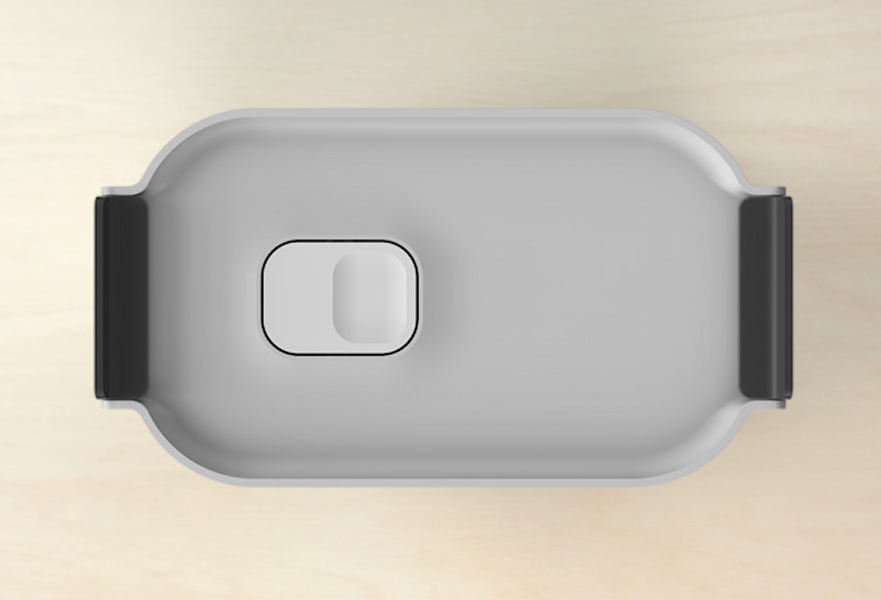

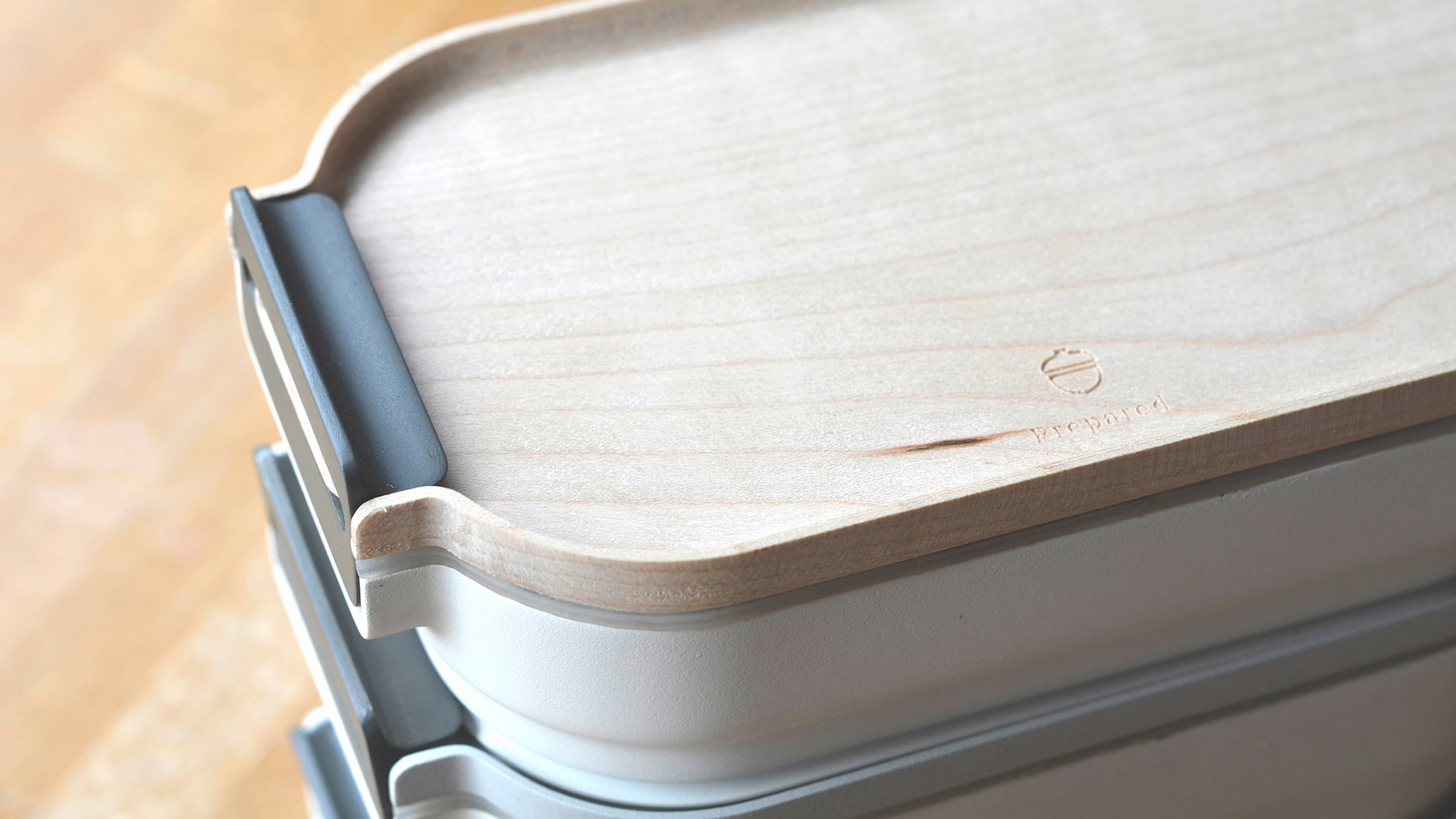
Modular lunch box system to simplify storage and transport
The portions and supplements are tailored to a modular transport system, where container volume varies only by height. Containers can be stacked, nested, and sealed with any lid. Handles function as connectors, protect from heat, and secure the closure.
Plan multiple meals in advance or decide spontaneously
Discover meals to prepare by browsing or scan the the receipt from the last purchase for personal meal proposals. Select lunch boxes to define portion size and amount for each meal.
Adapts to personal needs
Swap ingredients not in stock or not to the liking. Create automatic shopping list, order ingredients for home delivery, or pick up a prepared food box from local supermarkets. Get guided through cooking different meals at the same time without hassle.
Concept video to illustrate the overall user flow
To summarise the overall user flow for the final presentation, I created a concept video showing the journeys of both the planner and the spontaneous user. In addition I created all the image material for the app like cooking steps and meals in lunchboxes for the thumbnails.
Music credits: www.bensound.com
